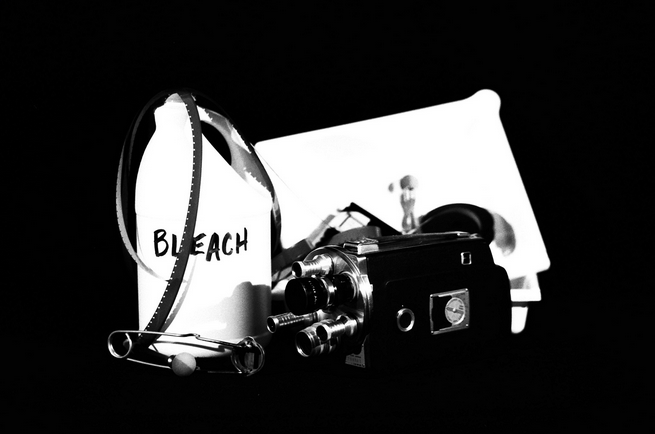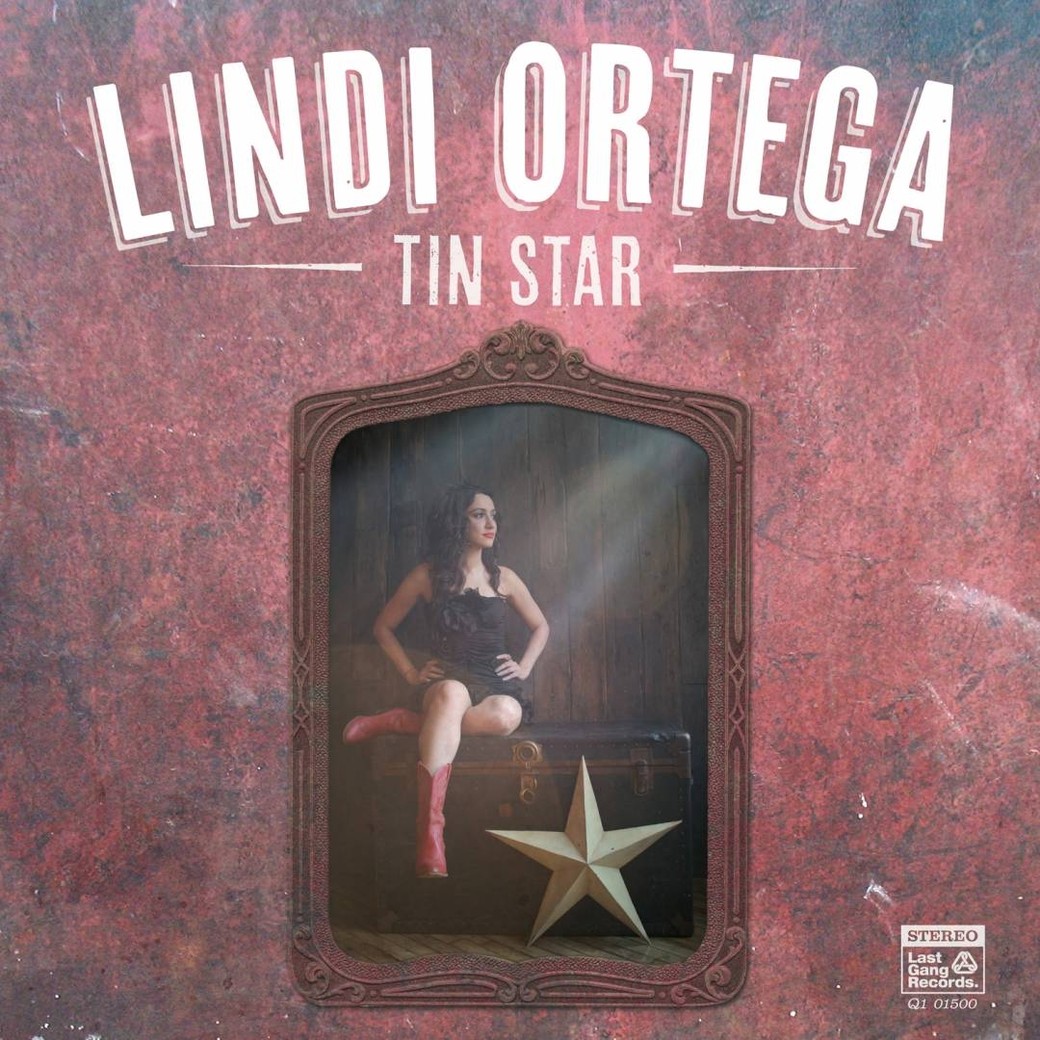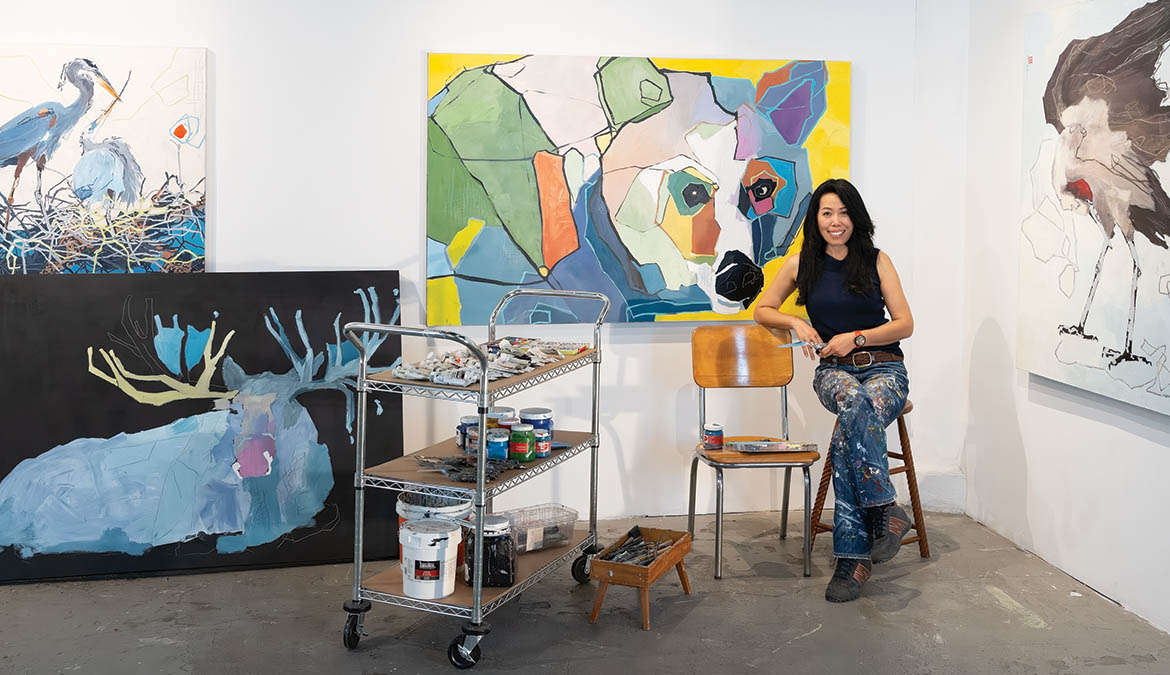
The Wise & Wondrous Animals of Artist Clara Kim
The artists of the Korean peninsula began to explore naturalistic characteristics as early as the Three Kingdoms period that dates from circa 57 BCE to 668 CE. While their work has long shared ideas, motifs, and forms with the art of neighbouring China and Japan, Korean art evolved a distinctive beauty of its own based on the captivation of nature as a subject to be left untouched and unadorned.
Clara Kim describes herself as a country girl. The Kanata artist grew up in GoHeung, a small fishing and farming town in South Korea from where her imagination has been enriched with myriad memories of a childhood surrounded by nature. A profound loss at a tender age drew Clara into an emotional reality where animals provided solace and became her closest friends.
“I lost my mum suddenly when I was eight and went from being a chatty girl to someone who didn’t speak for months,” Clara says. “I followed my mother everywhere and talked to her for hours when she was working around the house. She was a very kind woman, but I’m not sure she was actually listening to me,” she says with a laugh. But, laughter turns to tears when she shares more of the story. “People loved her and she had lots of friends, but one day she was at a big party at a friend’s house and ate sashimi that, well…we think maybe there was a problem with her liver because she became ill and passed away two days later in the hospital,” Clara shares, her voice trembling. “I didn’t speak for months and lost all of my friends because I was struck silent. I lost my voice.”
The centre of Clara’s world was gone forever, and while her father, now a man struggling with his own grief as well as hers, was a wonderful dad, Clara did not share her thoughts with him with the same natural ease. His was the kind of quiet, protective caring that a father shows a daughter. “I was deeply lonely without friends and my older siblings had already left home,” she recalls. “I kept my mother’s pillow for a long time to keep her scent close to me. My dad helped me in a beautiful way by teaching me about animals and how to play with them and build friendships with them. He loved them too, but I could see in his face that he was really, very sad.”
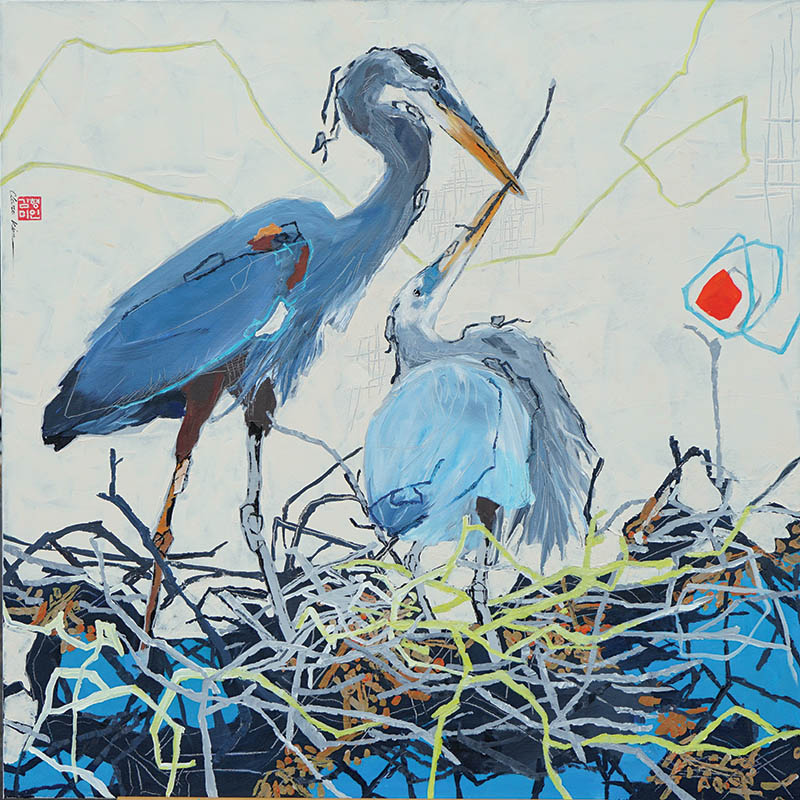
One childhood activity Clara fondly remembers is receiving little lessons from her farmer father about the nature of animal interactions. How to flock with birds in a yard where chickens and roosters wandered around as freely as the children. How to outsmart a rooster whose combative memory only lasts a few seconds. How to use seeds to catch and feed frogs in her grandmother’s pond. “Dad showed me the way to form relationships with the animals around us in a way that had meaning for both me and them.” No wonder her home studio is filled with animal portraits, canvasses upon which Clara translates the complexities of human nature into fables of creatures great and meek.
Clara’s artwork is grounded in the visual culture of the late Joseon dynasty in which expression was actuated by fine brush techniques shaping forms of both muted and dazzling colours. It was an era when Chinese power waned allowing Korea to establish a stronger, sovereign identity, and when Eastern and Western traditions began to cross pollinate. “I started out as a Korean artist, but I feel like I am becoming more Canadian in my art as time goes on,” Clara says, recognizing that she is absorbing influences that enrich her creativity. Her subjects amount to a catalog of Canadian flora and fauna iconography.
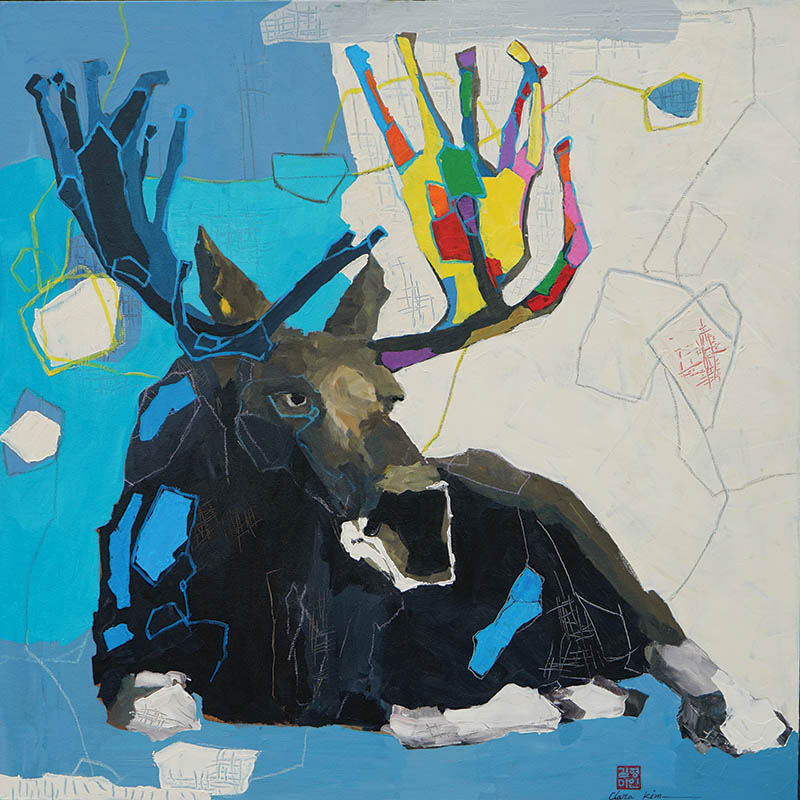
‘Daybreak’ is a portrait of a handsome bull moose who is positioned comfortably in a resting pose, looking out at his surroundings with a serene but commanding gaze on his face. “The first time I saw a moose near Vancouver and in the Gaspé I was like ‘wow, that’s amazing,’” Clara remembers with wide eyes. Her subject is framed in a transitional light moving from darkness to dawn; therein lies the meaning. “I had a real health scare that involved a biopsy, and the minute you hear that word you wonder if you are going to have a tomorrow,” Clara says. “I had my gall bladder removed and the tests came back negative.” Today, she is healthy and vibrant. Her moose faces the light of a new day with colours in his antlers that are meaningful. “You can start your day and choose a lovely day in the pink or a passionate day in the orange. It’s all about the miracle of having a tomorrow.”
Clara feels a powerful inspiration to take the experiences of losing her mother and her own health scare to engage with the women and single mothers in her community who have experienced loss. “I have always supported organizations but I want to help mothers more directly who have lost a husband, for example. Once my new studio is completed, I can imagine having a gathering of maybe 20 people who come together here to heal through painting and sharing stories.” Her home and studio would be the perfect venue, set as it is within the pastoral embrace of trees and tall grasses. Clara expresses her deep appreciation of home in her depiction of nesting birds.
“This is part of a series exploring home. It’s easy to forget that home is the best place to be. It only requires some effort to make it that way and to give it a great energy,” Clara says. “We talk about travel and going to places where things might be better, but actually the best place is your home. My birds are making a nest and building a better home.” A sense of place, of being, of identity, and of creative and personal freedom are expressed subliminally on the same visual plane by her use of two recurring motifs, found throughout her work. The scribbled lines are actions that express our desire to be free from restraints. The scratched freeform grids, created with knife points, are reminiscent of the material textures of ramie and hemp cloth, which were fashioned into summer hanbok (clothing) worn by Clara’s ancestors since antiquity.
A variety of birds inhabit Clara’s world. “My dad taught me that crows are very clever. You have to treat them with respect, and if you do, they will bring something good to you. Maybe a piece of polished glass or a white stone to show their appreciation.” Clara’s crow comes with an ancient myth told to her by her daughter. “The rainbow crow was admired for the beauty of his feathers. He was very proud of his display of colours. But when God created winter and snow blanketed the world, the crows and other animals could not gather food. The rainbow crow offered to seek the gift of heat and light from God to bring spring to the world. But, when he carried the torch in his beak, he returned blackened from the fire he carried and only a hint of colours remained in his feathers. It was a sacrifice of service for others, and the black feathers commemorate that.”
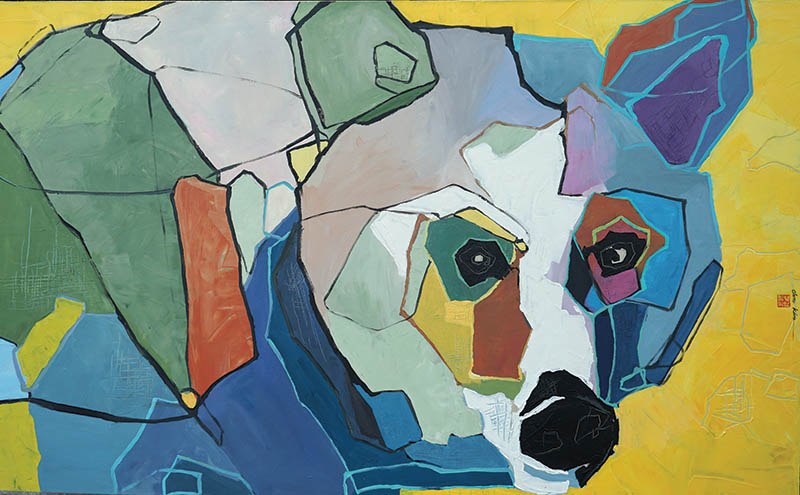
A close friend recommended a bear portrait. It was a new challenge, but Clara found a symbol for motherhood that resonated with her as the mother of a 22-year-old son and a 16-year-old daughter. “Mothers spend so much time caring for the kids, that we sometimes forget to care for ourselves. So I wanted to say to mothers, ‘Hey, don’t forget you’re still very special,’” she says with a big, cheerful laugh. The mamma bear captured Clara’s heart and she’s painted many versions, “using soft colours to make her beautiful,” with bold colours on the claws and an enveloping glow that suggests a warm summer sun tinted by the haze of a humid evening.
Clara Kim’s work has been selected for the City of Ottawa Art Collection by the Direct Purchase Program, the Government of Ontario Art Collection and the Korean Ambassador’s Art Collection. She has exhibited her work across Canada and internationally in Switzerland and Korea, and is currently working hard to enter the American art market. Clara also leads the Canada and Korea Art Connection Project that involves 22 Canadian and Korean professional artists, sponsored by the Canada Council for the Arts. Exhibits will be held at art museums and galleries in Canada and Korea from 2024 to 2026. Her work is represented by Butter Gallery in Collingwood, Westland Gallery in London, and Cube Gallery here in Ottawa.
Contact Clara to visit her at her studio at Enriched Bread Artists on Gladstone Avenue, or at her home in Kanata. She is a kind-hearted, delightful person, filled with laughter, light and wisdom. I thoroughly enjoyed speaking with her, and you will too!
Visit Clara Kim at www.clarakimart.ca and follow her on Instagram @clarakimart and on Facebook at Clara Kim Art
Header photo: Tim Watts


